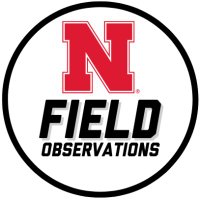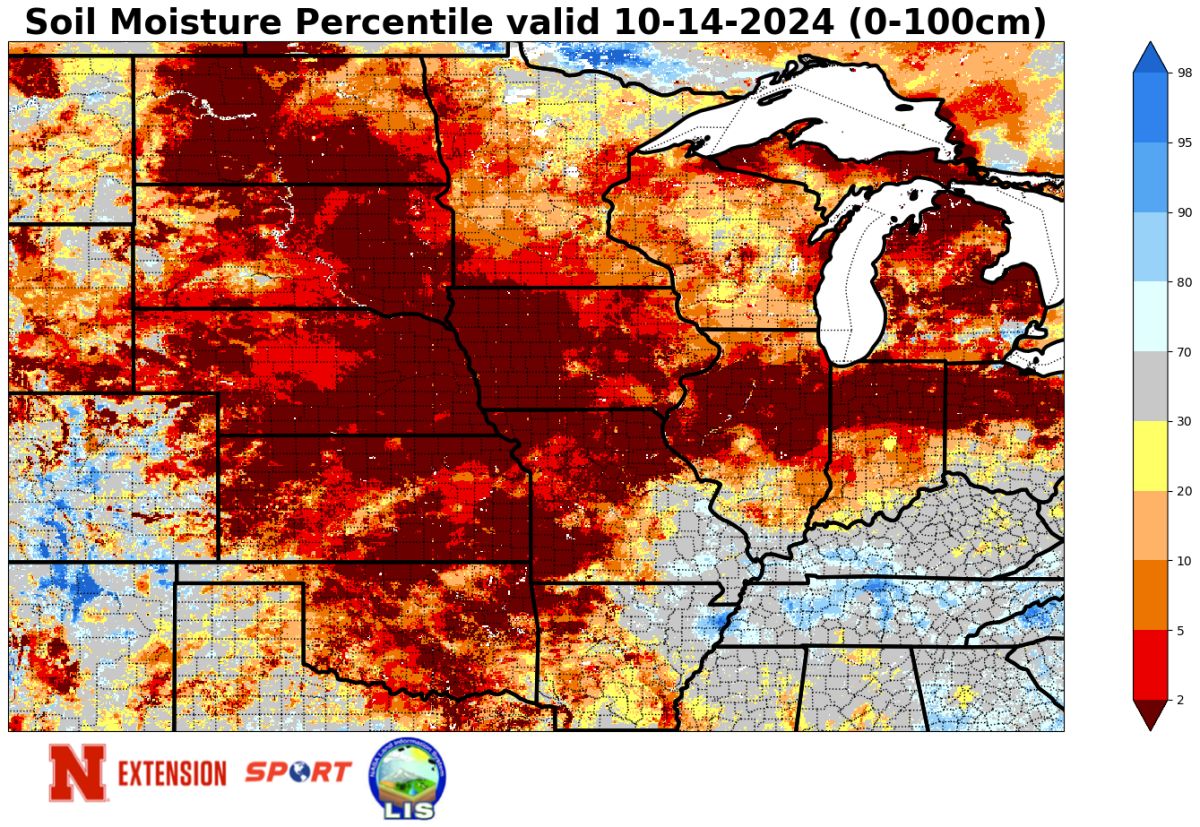
N Field Observations
@nfieldobs
NE Extension | UNL professionals share their field observations in brief segments, highlighting specific topics and issues occurring in agriculture.
ID: 1644417908762890241
https://www.facebook.com/NFieldObs 07-04-2023 19:13:28
115 Tweet
197 Takipçi
120 Takip Edilen

Keeping a close watch on the rapidly changing situation with Southern rust and Tar spot in our fields, Tamra Jackson-Ziems, discusses this emerging issue and ways to manage other notable bacterial diseases. Tamra Jackson-Ziems podbean.com/ew/pb-wt99p-16… #NebExt #NFieldObs

Southern #rust has made its appearance in NE. What impacts does it potentially have on 2024 #corn yields? Which fields are at the highest risk? #NFieldObs #NebExt Tamra Jackson-Ziems Crop Protection Network Amy Timmerman

This week Extension Educator, Steve Melvin, discusses tips to quickly evaluate your center pivot’s performance while it is running. Nebraska CropWatch Nebraska Extension #NfieldObs #NebExt

#VolunteerCorn is a problematic weed in Nebraska's crop production fields and poses a significant challenge in #sorghum cultivation. Amit Jhala discusses the herbicide, quizalofop (FirstAct), and how it can be used to manage volunteer corn in Double Team sorghum. Nebraska CropWatch

#Planting cash crops into actively growing green #covercrops is referred to as planting green. It is crucial to time the termination of cereal rye correctly to ensure effective weed suppression without negatively impacting corn yields. Amit Jhala Nebraska Agronomy and Horticulture Dr. Andrea Basche

Herbicide-resistant Palmer amaranth is the most troublesome weed in corn-soybean production fields in Nebraska. @amitUNL discusses the three basic principles that should be adopted before or after it emerges. Dr. Martha Mamo Nebraska Agronomy and Horticulture Nebraska Extension Dr. Andrea Basche


All prevention and maintenance can be done perfectly but combine fires still can happen. Explore steps to be prepared when that disaster occurs. Key is to be prepared! #NebExt #Nfieldobs Nebraska Extension

Harvesters are urged to take precautions this week, as dry conditions & strong winds have increased the risk of rapid fire spread in #Nebraska & western Iowa. » buff.ly/4h37AWn #NebExt #harvest24 #drought #ag #cropproduction #wildfire #naturaldisaster Nebraska State Climate Office


#CerealRye is Nebraska’s common grass #covercrop in corn & #soybean. Planted in fall, it helps control winter weeds like henbit & marestail. Terminate after planting to suppress summer weeds like #PalmerAmaranth. Amit Jhala Dr. Martha Mamo Nebraska Agronomy and Horticulture Nebraska Extension #NFieldObs

Hairy vetch is an important legume #covercrop that can convert atmospheric #nitrogen into N that can be used by plants such as #corn and #sorghum. It can also suppress weeds. #NFieldObs #NebExt Amit Jhala Nebraska Agronomy and Horticulture Nebraska Extension

Alfalfa #weevils are a key pest of #alfalfa, especially before and just after the first cutting. #Scouting is an important component of effective alfalfa weevil management. #NFieldObs #NebExt Nebraska Extension

Planting annual #forages and #covercrops in #drought? Check out our demo plot at Middle Niobara NRD in Valentine! Nebraska's 23 NRDs #NFieldObs #NebExt

🌾 Fall-planted #cerealrye suppresses winter weeds + Palmer amaranth (if terminated after corn planting). Split N apps = stronger corn emergence: at planting + ~3 weeks later. Amit Jhala Dr. Martha Mamo Nebraska Agronomy and Horticulture Nebraska Extension #CoverCrops #Corn #NebExt #NFieldObs


🚨 Tar spot showing up on V6-V7 corn! Don’t rush fungicides—research shows VT–R3 is the best time to treat. 🌽🦠Tamra Jackson-Ziems Crop Protection Network Nebraska CropWatch #NFieldObs #NEBEXT

#Marestail is tough to control post-emergence in #soybeans—many populations resist #glyphosate. Choose #herbicides based on the resistant soybean variety you plant. Limited options mean planning matters. Amit Jhala Dr. Martha Mamo Nebraska Agronomy and Horticulture Nebraska Extension #WeedControl

🚨 Corn hail at V4-V5 can open the door for bacterial diseases to infect through wounds. Keep an eye out—fungicides won’t help here. Scout often, stay alert. 🌽⚠️ Tamra Jackson-Ziems Nebraska CropWatch Crop Protection Network #NebExt #NFieldObs #HailKnow #CornDiseases


There's a few options for annual forages and cover crops in drought. We return to our demo plot at Middle Niobrara NRD in Valentine for a quick update! Nebraska's 23 NRDs #CoverCrops #Forage #NFieldObs #NebExt #UNLExt